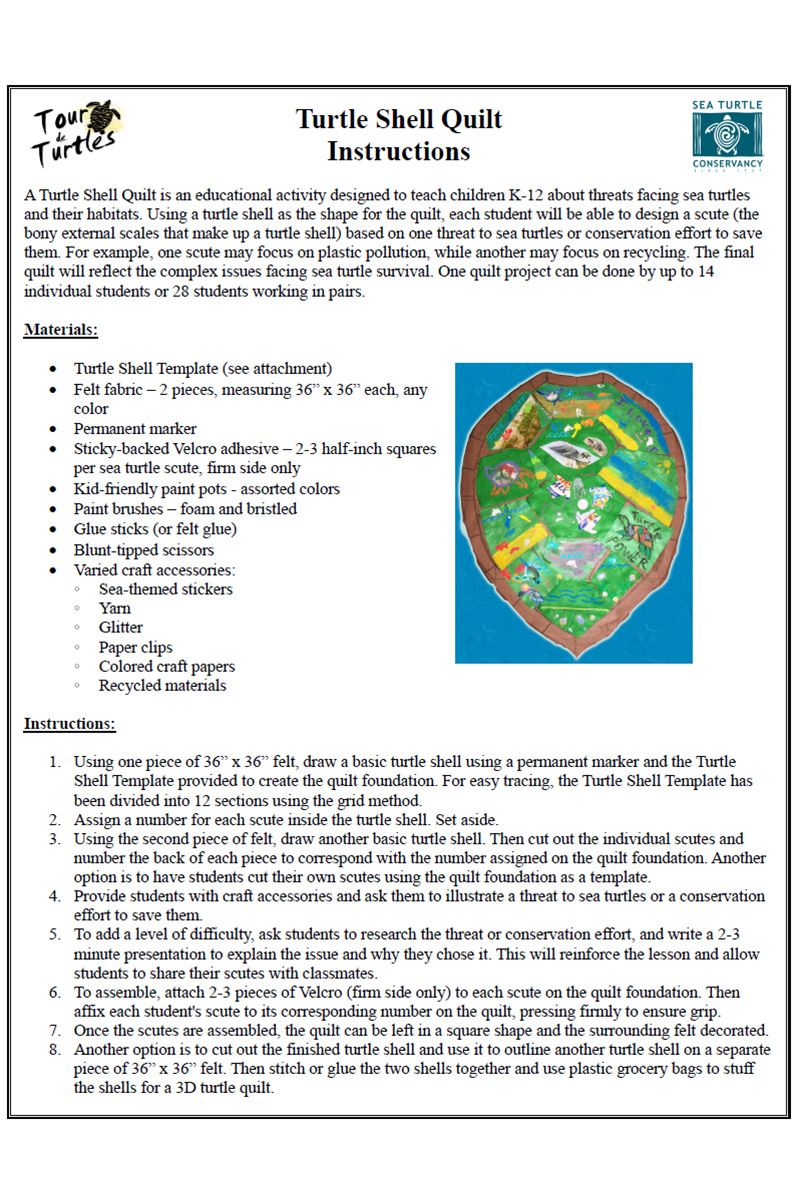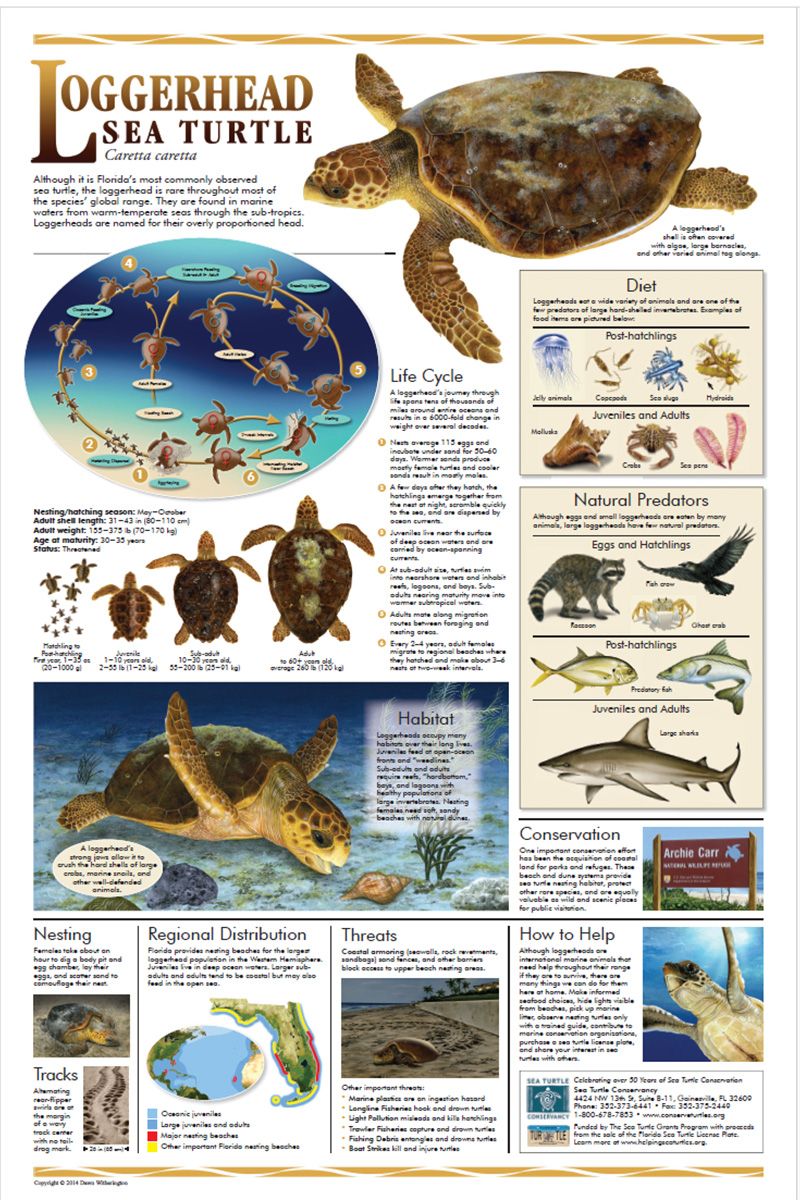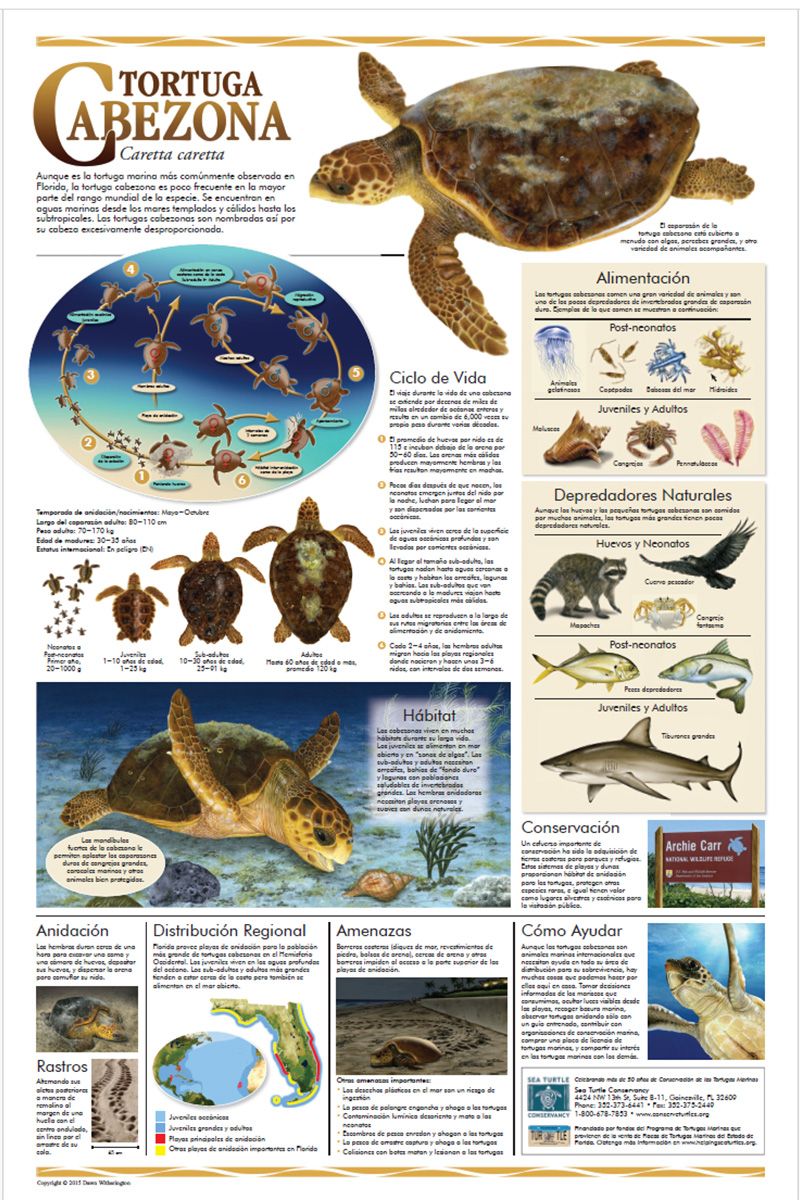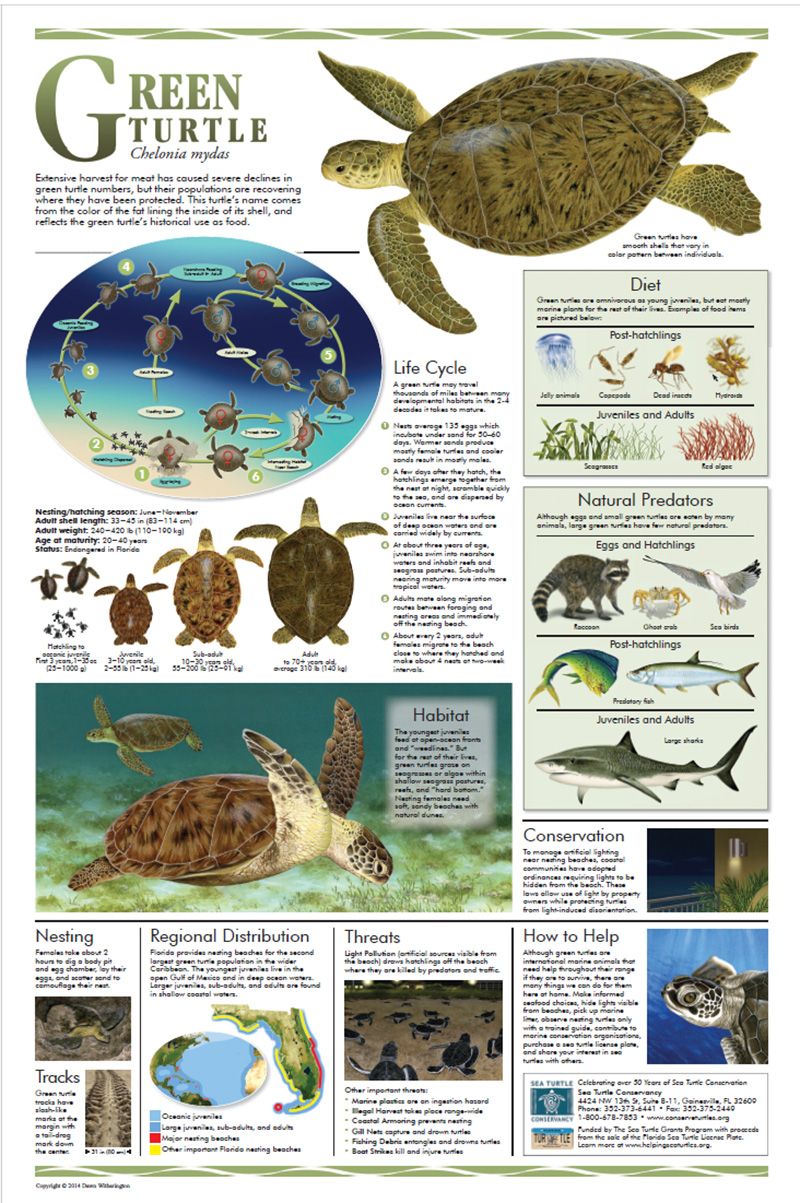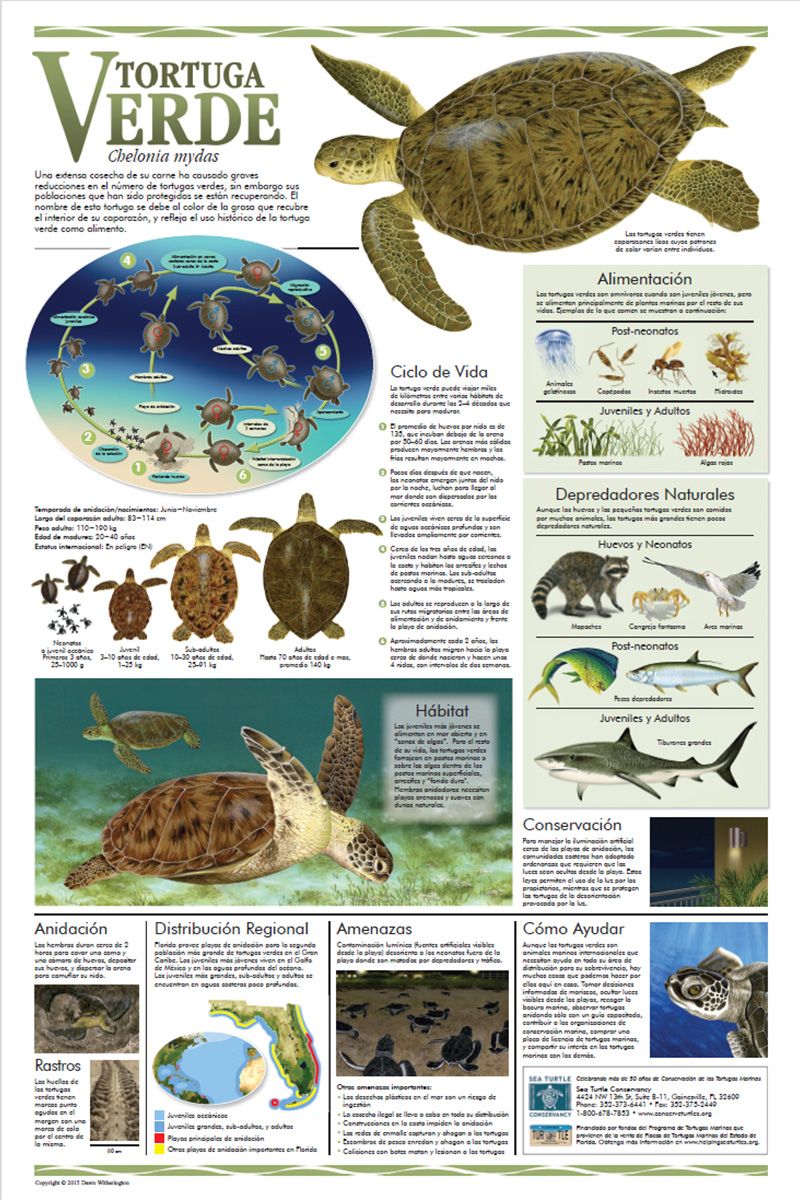Migration of green turtles from Tortuguero
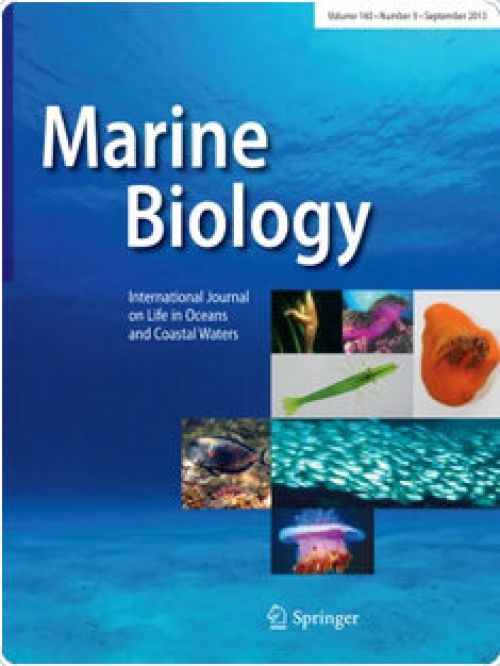
Publication
Migration of green turtles Chelonia mydas from Tortuguero, Costa Rica
Publication Year: 2005
Authors: Sebastian Troëng · Daniel R. Evans · Emma Harrison · Cynthia J. Lagueux
Abstract: During 1955–2003, flipper tags were attached to 46,983 green turtles and ten turtles were fitted with
satellite transmitters at Tortuguero, Costa Rica. Eight satellite-tracked turtles stayed within 135 km of the beach and probably returned to nest after release. The internesting area is more extensive than previously documented. Post-nesting migration routes of satellite-tracked turtles varied. Seven turtles swam close to the coast and three turtles swam through oceanic waters before moving toward nearshore areas. Sea surface height anomaly maps indicate that oceanic movements
were consistent with the southwestern Caribbean gyre. Circling and semi-circling turtles could have been disoriented but submergence and surface times suggest they may have been feeding in Sargassum sp. concentrations. Rapid post-nesting migrations (mean 2.2 km hr-1) ended on benthic feeding grounds in shallow waters (<20 m) off Belize (n=1), Honduras
(n=1) and Nicaragua (n=8). The spatial distribution of migration end points (n=10) and tag returns (n=4,669) are similar. Fishermen in Nicaragua target green turtles along migratory corridors and on foraging grounds. Management efforts are urgently needed in Nicaragua, particularly in the high-density feeding areas south and east of the Witties (N14°09 W82°45).
The proximity of foraging grounds to the nesting beach (mean 512 km) may permit female turtles to invest more energy in reproduction and hence the Tortuguero population may have greater potential for recovery than other green turtle nesting populations. Recovery of the Tortuguero green turtle population will benefit countries and marine ecosystems throughout the
Caribbean, especially Nicaragua.
